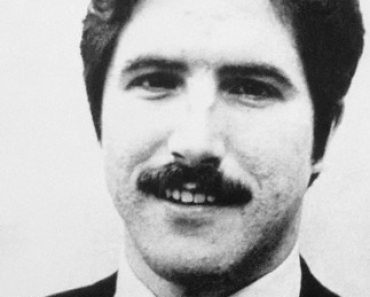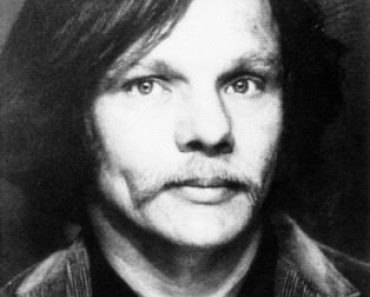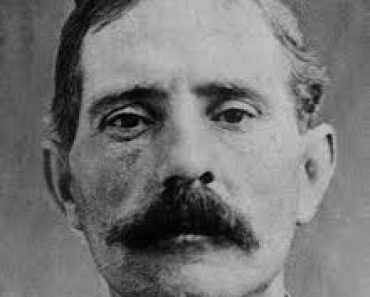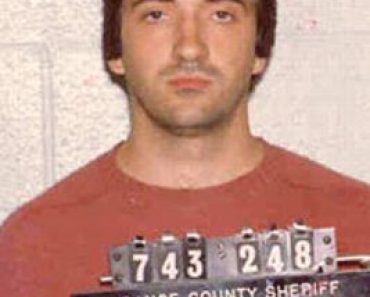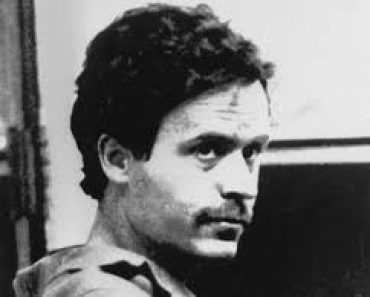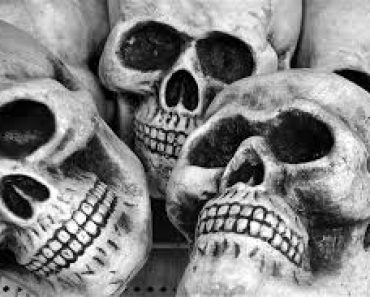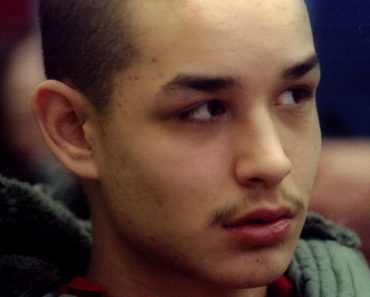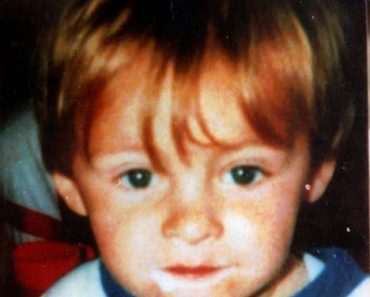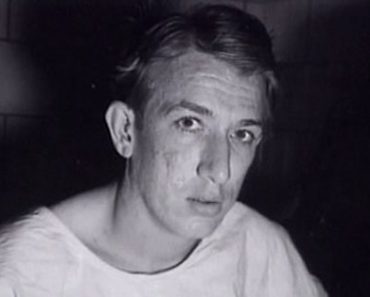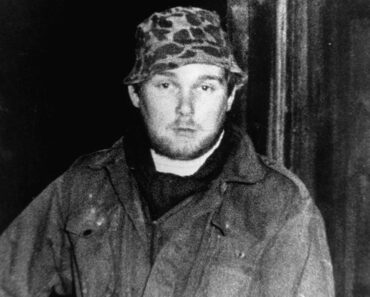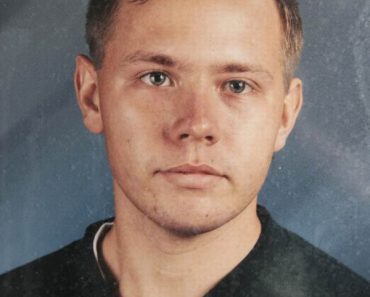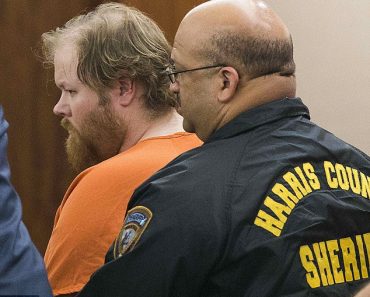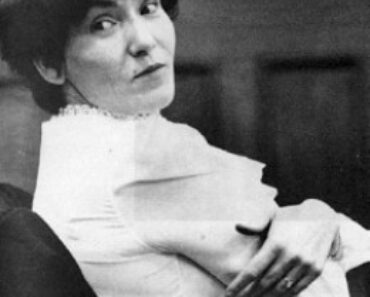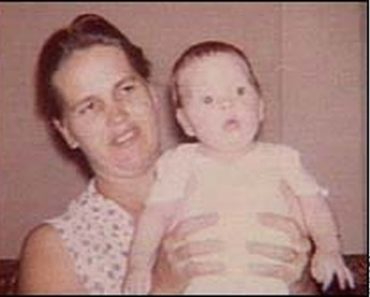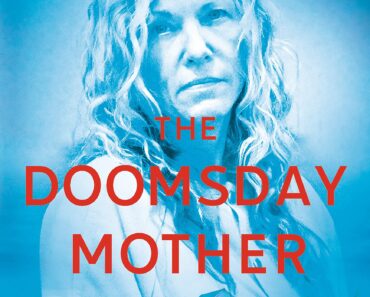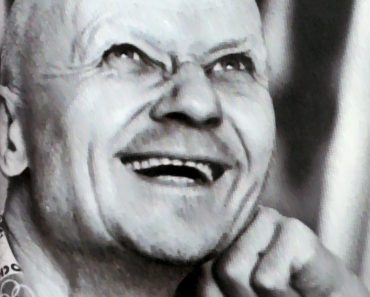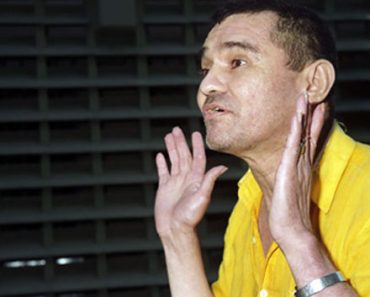Peter Kurten | Serial Killer
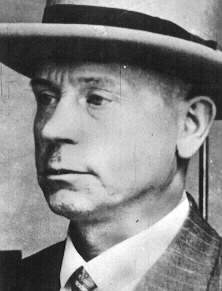
Peter Kurten
Born: 05-26-1883
The Düsseldorf Monster
German Serial Killer
Crime Spree: 1913 – 1929
Death: 07-02-1931
Shortly before he was executed by guillotine, Peter Kurten, the so-called Vampire of Dusseldorf, asked the prison psychiatrist: “Tell me, after my head has been chopped off will I still be able to hear, at least for a moment, the sound of my own blood gushing from the stump of my neck?”
When the doctor replied that his ears and brain probably would function for several seconds after the blade struck, Kurten replied: “That would be the pleasure to end all pleasures”.
Peter Kurten was clearly a very sick individual and his execution in July of 1931 was greeted with a wave of relief by the people of the city of Dusseldorf, which was struggling in the midst of the Great Depression.
Two years later the Nazis came to power and one of their attractions was a pledge on law and order and a promise to crack down on “degenerates” such as Peter Kurten and another serial killer, Fritz Haarmann, who had been executed in Hanover in 1925.
Peter Kurten
Ironically, had Peter Kurten been around a decade later, he would no doubt have joined the Nazis and his sadistic appetites would have been given free rein. He would probably have ended up a senior figure in the SS.
But it was not to be.
Peter Kurten’s blood lust went out of control in 1929 and he was eventually caught, convicted of nine murders (though he was suspected of committing up to 68) and executed. His victims were mainly women and girls and his motivation was sexual sadism, which can be traced back to his childhood.
The Bad Childhood of Peter Kurten
Peter Kurten was born, the eldest of 13 children, in Cologne on 26 May 1883 and his childhood was one of unremitting poverty and violence. The Kurten family rented a one-bedroom apartment and lived in fear of Peter’s father, a molder by trade and a habitual drunkard. He would return home from the local inn, beat his children (Peter, as the eldest, felt the brunt of the violence) and rape his wife in front of them. In later years he also sexually assaulted his daughters.
Nineteenth century Germany was no place for a battered wife and Peter’s mother was forced to endure her violent marriage in silence. Subjected to this daily routine of violence, Peter became twisted and formed an unhealthy friendship with a dogcatcher who lived in the same building.
At the age of nine Peter pushed a friend off a raft as they played on the river Rhine. When another boy jumped in to try and help the drowning youngster Peter held him under the water until he suffocated. The death of the two boys was attributed to an accident and Peter was cleared of any blame.
Peter Kurten ran away from home at the age of 16 and shortly afterwards his father was jailed for three years after being convicted of incest with Peter’s 13-year-old sister.
The Criminal Career of Peter Kurten Begins
Young Peter lived by his wits and often stole food and clothing to survive. He would be in and out of jail for the next 24 years and claimed his brutal treatment in the penal system made him hell-bent on wreaking revenge on society.
A charming, handsome and (when money allowed it) dapper young man, Peter Kurten did not have trouble attracting women but his violent lust and complete lack of empathy or normal human emotions meant that he was incapable of falling in love.
In May 1913, not long after being released from prison again, he was prowling the streets of Cologne looking for somewhere to rob. Above an inn in Wolfstrasse he found a young girl asleep in her bed. When the body of 10-year-old Christine Klein was found the next morning suspicion fell on her uncle, Otto, who had argued with the girl’s father the night before and threatened to do “something he would remember all his life”.
Otto was charged with murder but fortunately acquitted by a jury, which decided there was insufficient evidence. The identity of Christine’s killer would not become clear for another 18 years.
Peter Kurten
In 1914, with war clouds growing over Europe, Peter Kurten was called up into the Kaiser’s army. But military life did not suit the self-centerd and ill-disciplined Kurten and he soon deserted.
He was caught and sent to jail and would remain there throughout the war and its aftermath. Peter Kurten spent much of his time in solitary confinement, he would often deliberately infringe rules so he would be locked up alone and would spend his time amid violent fantasies. He would imagine attacking people, setting fires and even sabotaging railways in order to kill as many people as possible.
Peter Kurten Freed

Upon his release in 1921 he went to stay with his sister in the small town of Altenburg. There he met his future wife, a former prostitute who herself had spent four years in jail for shooting a man who had jilted her at the altar. She was eaten up by guilt and spent the rest of her life convinced that she must accept her fate to gain redemption for her sins.
Eventually they wed and lived in Altenburg until 1925, with Peter Kurten gaining employment in a factory as a molder. He also became an active trade unionist. The couple moved to Dusseldorf to find work and Kurten gradually found his self-control eroding. Between 1925 and 1928 he attacked four women in Dusseldorf, strangling them to the point of unconsciousness, often during sex.
He also took up arson and would derive sexual satisfaction from imagining that a tramp was burning alive in a barn he had just torched. Then, on the night of 9 February 1929, he waylaid an eight-year-old girl, Rosa Ohliger, as she walked down a Dusseldorf street. She was stabbed three times and found under a hedge. Peter Kurten, who had tried to set fire to the body with petrol, later recalled having had an orgasm at the height of the attack.
Peter Kurten
The murder of Rosa Ohliger was only the start of a stream of attacks on women, girls and occasionally men in and around Dusseldorf. Some, such as Maria Kuhn, survived, she was stabbed 24 times.
The reign of terror lasted throughout 1929 and into 1930 and the panic and outrage grew in the Dusseldorf area as each crime was luridly recounted in the German newspapers, with references to “monsters” and “vampires”. One of the most horrendous crimes occurred on 23 August 1929 as people in the town of Flehe were celebrating an annual fair. Peter Kurten approached two foster sisters as they left the fair and asked the older one, Louise Lenzen, 14, to run an errand for him. “Would you be very kind and get some cigarettes for me? I’ll look after the little girl,” he said. Louise agreed but as soon as she was out of sight he strangled five-year-old Gertrude Hamacher and slit her throat. When Louise returned she too was dragged off the path, strangled and almost decapitated with Kurten’s pocketknife.
The attacks, many of them fatal, continued throughout the summer and autumn of 1929. On 7 November, after killing five-year-old Gertrude Albermann, Peter Kurten sent a map to a local newspaper showing where her body could be found under a pile of builders’ debris. She had been strangled and stabbed 35 times.
German police had few clues to go on, those who had survived the attacks were only able to give a basic description of a tall white man, which could have fitted half the residents of Dusseldorf.
The Onslaught
Peter Kurten continued his onslaught throughout the winter and spring of 1930 but fortunately he did not claim any more lives. Then, on 14 May 1930, an unemployed domestic servant called Maria Budlick arrived in Dusseldorf from Cologne looking for work. The Great Depression had hit Germany particularly hard and millions were jobless.
She met a man who offered to show her the way to a boarding house where she could stay the night. But when he tried to show her a short-cut through a park she became worried and, remembering the newspaper stories about the Vampire of Dusseldorf, began arguing and making her excuses. Suddenly a second man intervened on her behalf and rescued her from the first man.
Maria told the man she was out of work and had nowhere to go and he offered to put her up in his apartment in Mettmanner Strasse. He did not introduce himself, but his name was Peter Kurten. He took her back to his apartment, his wife was away for the night and tried to have sex with her but she demurred and he agreed to find her somewhere else to stay.
They got on a tram and he then led her into the Grafenberger woods. Peter Kurten grabbed her by the neck and raped her before leading her back to the tram and letting her go free. Asked later why he had not killed her he said: “I had no intention of killing her as she offered no resistance. “I also did not think that Budlick would be able to find her way back to my apartment in the rather obscure Mettmanner Strasse.”
Peter Kurten
But Maria remembered the street name and Kurten’s apartment vividly.
Deeply traumatized, and ashamed of the stigma of being a rape victim, she did not go to the police but wrote a letter to a friend telling her of the experience. By chance the letter was misdirected and was opened by a woman, who immediately took it to the police. Detectives traced Maria Budlick and persuaded her to give a full account of the incident.
Eventually she led officers back to 71 Mettmanner Strasse and saw Peter Kurten on the stairs. She was too terrified to point him out, even in the presence of so many police officers and by the time she did open her mouth he had packed a bag and fled. Kurten moved into an apartment nearby and told his wife what happened with Maria Budlick. He told her he would be sent to jail for many years and, she without his earnings, would be destitute.
Peter Kurten recalled later: “She raved that I should take my life, then she would do the same, since her future was completely without hope.” But he came up with a plan. He confessed to her that he was the Vampire of Dusseldorf and said she should take advantage to obtain the large reward being offered for information leading to his capture. She eventually agreed.
Peter Kurten
Peter Kurten had planned to carry out one more spectacular attack before his capture but his wife went immediately to the police and when he met her again, as arranged outside the St Rochus Church on 24 May police armed with revolvers surrounded him. Kurten freely confessed to his crimes and indeed relished going into great detail and seeing police officers and stenographers wincing and grimacing at his horrors.
He had relived his crimes many times over in his mind and had an almost photographic memory, he could recall tiny details of Christine Klein’s bedroom from 17 years before. Peter Kurten went on trial in April 1931 and he initially withdrew his confession and pleaded not guilty. But he later changed his mind, under questioning by the examining magistrate and was eventually convicted of nine murders and sentenced to death.
On the night before his execution he ate a last meal of Wiener Schnitzel, fried potatoes and white wine and made the comment to his psychiatrist about being able to hear his own blood flowing.
At 6 am on 2 July 1931, despite protests by the German Humanitarian League, he was led to the guillotine and beheaded. The nightmare was over.
source: murderpedia / Chris Summers







